Intumescent Paint
FBL-100
Frequently Asked Questions
FAQs
-
There are two different types of testing:
1) The ‘Reaction to Fire’ test is designed to see how the ICS will protect a combustible substrate at the beginning of a fire and under the current NZBC, C/VM2-4.7 (C-3.4 Suitable materials used proven by testing) must be tested using the standard – ISO 9705:1993
Our coatings was tested at BRANZ and achieved a Group 2 Rating on 9-mm Plywood (type 1 combustible). According to the BRANZ SR 160 (Study Report) this is by far the best way to test reaction to fire of an Intumescent Coating System on Timber.
2) The ‘Fire Resistance’ test is designed to see how the ICS protects the interior structural substrate when exposed to a fully established fire. We used the latest Australasian standard, AS 1530 Part 4: 2014 ‘Fire-resistance tests of elements of building construction’.
Our coating was tested at CSIRO, where we achieved 60/60/60 on 13-mm GIB Standard Plasterboard, 60/60/60 on 6-mm Fibre Cement Sheet, 30/30/30 on 12 mm Plywood, Exposed Timber ceiling (floors).
-
Tests
All Passive Fire Protection (PFP) systems start by having a specific system tested. The result of that test is a certificate and report being released by the testing authority giving the summarised results in a form useful for the market.
For tests under AS 1530.4:2014, that document is referred to as a Fire Resistance Test – usually in the form FSH####. This is the document that sets out exactly what was tested and specifies the system that was used. The results are expressed in numbers as a Fire Resistance Rating (FRL, in Australia) ##/##/## where the numbers, represent in minutes the structural adequacy, integrity and insulation, e.g. 60/60/60
Failure Criteria
AS 1540.4:2014, outlines the passing deviations for the three categories and describes how to test each element.
Structural adequacy fails when the test specimen collapses or the maximum rate of deflection exceeds prescribed limits.
Integrity fails when one of the following occurs:
a) There is continuous flaming on the non-fire side of the test assembly
b) Through gap into the furnace exceeds the prescribed sizes
c) Ignition of the cotton wool pad test
d) Insulation fails when the thermocouples, or temperature measuring devices on the non-fire side of the test assembly, exceed the prescribed limits.
Assessment
Frequently situations arise where systems are required to be used in configurations that vary in some way from the original basic test configuration. These are known as assessments, because a suitably qualified person has had to make an ‘Assessment’ of the system’s suitability using information from existing test reports.
AS 1530.4-2014 allows a number of standard variations under Sect 4.12.1
For example:
a) Systems tested in plasterboard walls may be used in concrete walls of the same thickness.
b) Systems tested with copper pipes may be used with ferrous pipes up to the same diameter.
c) Systems tested with the penetrant perpendicular to the wall may be used for a non-perpendicular penetrant with similar exposure of the fire-stopping system.
These variations may be used without reference to the testing authority – no assessment is required.
Any such varied systems approved as a result of formal opinions under AS 4072.1 are usually referred to as “Tested & Assessed under AS 1530.4:2014”.
Systems used in the form originally tested will be referred to as, “Tested to AS 1530.4:2014”
-
FBL-100 can be used anywhere where a ‘Fire Resistance Rating’ or where a ‘Group Rating’ is needed.
The product was tested as per:
“Appendix C (normative) Test Methods” of any of the NZBC – C/Acceptable Solutions (C/AS), or
“Appendix A (normative): Establishing Group Numbers for lining materials” of NZBC – C/Verification Method Two (C/VM2)
-
Yes. Tech Coatings requires that you use a wall board sealer or timber primer to seal the substrate in case of moisture seeping through from the other side of the substrate (and not for adhesion). For most interior substrates it can be applied directly to a new surface.
-
Yes – for aesthetics and long-term protection of the base coat.Our coating must be top coated using a high-quality water-borne enamel.
-
Our coating may only be applied by a certified and trained applicator. Tech Coatings runs its own training and certification scheme to ensure this world class tested product is applied by a knowledgeable and skilled applicator.
-
Our coating is tested and approved for use to increase the FRR on:
13mm GIB standard plasterboard or better
6mm fibre cement sheet or better
12mm plywood or better
Exposed Radiata pine ceiling or better
Our coating is tested and approved as an Interior Group Rated coating on:
Group 2s on substrate type 1 (most reactive) or better
Note: Our coating can also be applied to substrates such as:
Concrete
OSB (Oriented strand board)
Polyurethane foam
Structural steel
Aluminium
Please contact us to see if we can help out with testing a type of substrate or system.
-
Not at all. Our coating is 100% non-toxic or harmful. It uses a combination of the latest technologies to create the world’s leading Fire Barrier Latex.
